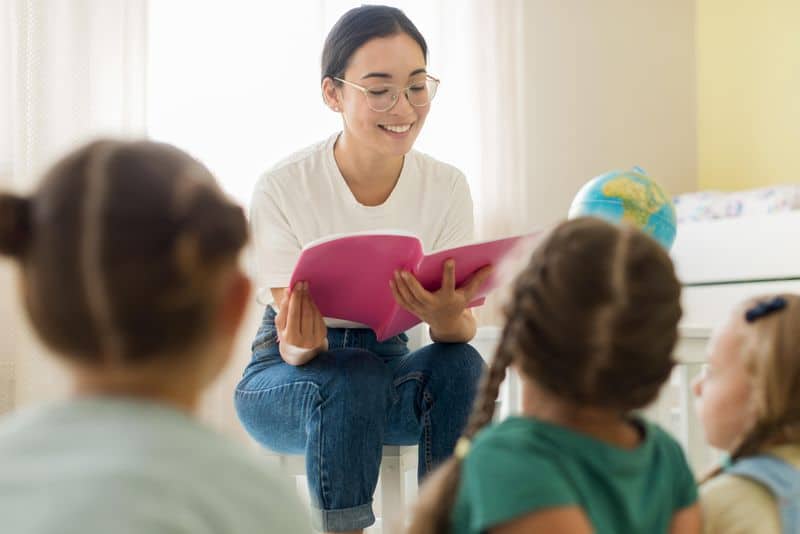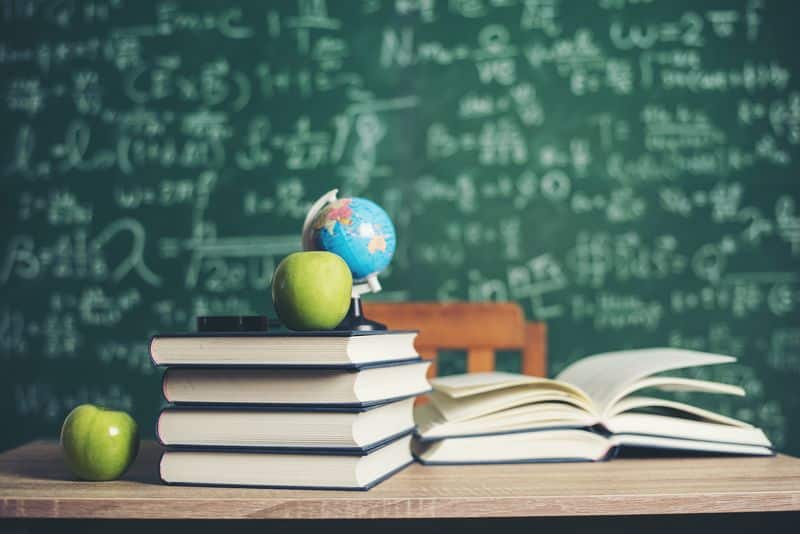Although the LOMLOE entered into force in January 2021, the truth is that the new educational law will be implemented in stages until the 2023-2024 academic year. The next course will be in Primary (first, third and fifth), Secondary (first and third), the first year of Baccalaureate and the first year of basic grade training cycles in which the curriculum, organization and objectives will be implemented of the new law. Likewise, there are several new concepts of the LOMLOE (some of which are old acquaintances) that are important to highlight so that teachers have them at hand and can easily familiarize themselves with them.
The concepts of the LOMLOE that must be taken into account
Key and specific skills, exit profile… These are the main definitions of the concepts that the new law brings.
Objectives. Achievements that students are expected to have achieved by the end of the stage and whose achievement is linked to the acquisition of key and specific skills.
Output profile. It is the tool in which the principles and purposes of the Spanish educational system are specified. The profile identifies and defines, in connection with the challenges of the 21st century, the key competencies that students are expected to have developed by completing the basic education phase. It is unique for the entire national territory.

Key competencies. They are those that must be acquired to achieve full personal, social and professional development throughout life. Through them, students must put into practice ideas or apply acquired knowledge, which entails making decisions or solving problems on a day-to-day basis on situations that occur inside and outside the classroom. There are eight (Linguistic Communication, Multilingual, Mathematics, and in Science, Technology and Engineering (STEM), Digital, Personal, Social and learning to learn, Citizenship, Entrepreneurship and Awareness and cultural expression) and are found in the exit profile of the student body.
Specific skills. Performances that students must be able to display in activities or in situations whose approach requires the basic knowledge of each area. The specific competences constitute a connection element between, on the one hand, the key competences, and on the other, the basic knowledge of the areas and the evaluation criteria.
Basic knowledge. Knowledge, skills and attitudes that constitute the contents of an area and whose learning is necessary for the acquisition of specific skills.
learning situations. Activities that imply the deployment by the students of actions associated with the key and specific competences, and that contribute to the acquisition and development of the same. Or what is the same: present real life situations with which to develop different learnings. Although it is not a new concept, since many centers were already applying it, with the new law it acquires more force.
Resources adapted to the new law

In addition to knowing these concepts, it is also important to have educational resources for LOMLOE. To do this, many publishers have already adapted their content. In this article we show you some of them for Primary, Secondary and Baccalaureate related to different subjects and methodologies.
